Coach Education Resources
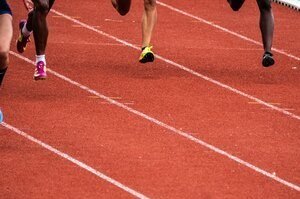
Three Great Acceleration Drills - Loren Landow's Drill Progression
Loren Landow, owner of Landow Performance, shows some example progressions and cues for correct accleration mechanics. This video has been produced by the National Strength and Conditioning Association in the USA.

Coaching Aspects of the Shot Put Technique for Young Athletes
Throws coaching expert Peter Taylor shares an overview of the glide technique with coaching points and common faults.
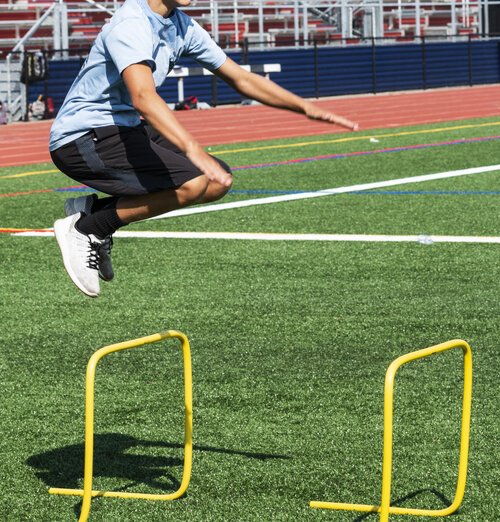
Plyometrics - Four Studies All Track and Field Coaches Should Understand
This article will examine four key research papers on the benefits and sport-specific effectiveness of plyometrics training. We will examine their findings and place the results in the context of the wider peer-reviewed literature and expert opinion on the topic.
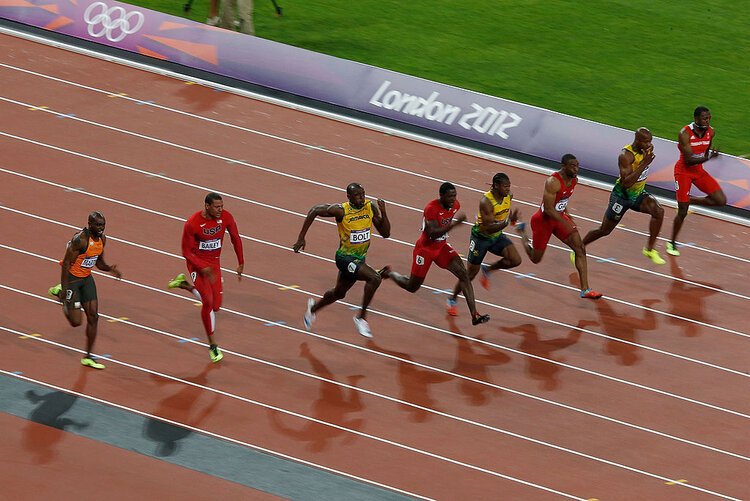
Race Breakdown and Verbal Cues for the 100m
Based on a lecture by Tom Tellez, this article shares his approach to coaching the sprints. This article covers the notes that were made, outlining what he identified as the key priorities for each stage of a 100m and the verbal cues that he used with his athletes.
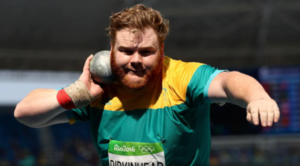
Pre-Competition Preparation for Throwers
This article looks at the vital pre-competition phase of training for throwers, providing information about technique oriented training, converting overall physical capacity into specific explosive power and examining the importance of intensity, control, and the correct psychological approach.
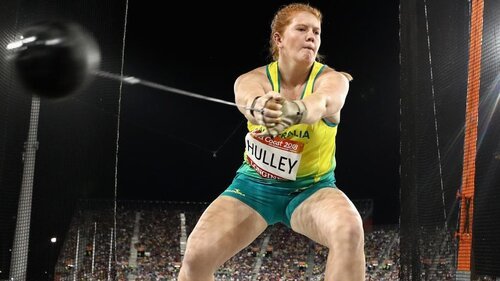
Introduction to Coaching Hammer Throw - Part 2
Part 2 of Peter Taylor’s guide for coaching the Hammer Throw. This section icludes coaching advice, drills, common faults, and corrections.

Introduction to Coaching Hammer Throw - Part 1
Peter Taylor shares five critical teaching points, coaching cues, and training exercises for coaching the Hammer and introducing the correct technical model.

Complex Training for Track and Field
This article will explain what is meant by the term ‘Complex Training’, how it may benefit your athletes, and how to implement a complex training session.

Core Training for Athletes - Applying the Science
Based on the article ‘Progressions of Isometric Core Training’ authored by Mendrin, Lynn, Griffith-Merritt, & Noffal (2016), Loren Landow takes us through the coaching points, progressions, and demonstrations for the exercises found to be the safest and most effective for the development of core strength and stability to improve performance and reduce the likelihood of injury.

Plyometrics for Sprinters and Hurdlers
Peter Hannan explains common questions about plyometrics and shares exercises that he finds useful for coaching sprinters, hurdlers and jumpers.
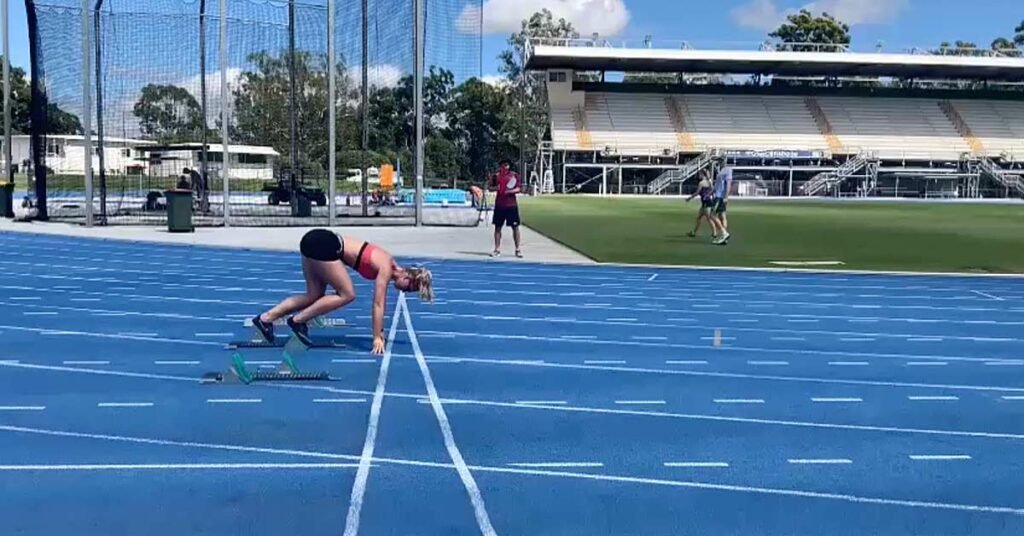
Maintaining Clarity and Consistency in a Training Program with Paul Pearce
Australian Level 4 High Performance sprints coach, Paul Pearce, explains his approach to training and weekly training structure for his sprinting group.

Introduction to Sprinting: Five Critical Running Drills
View this video to observe the desired technique and coaching cues for five of the fundamental drills for Track and Field athletes. Essential knowledge for all Athletics coaches.

Attention Deficit Hyperactivity Disorder
This article contains information for athletics coaches working with athletes diagnosed with attention deficit hyperactivity disorder.

Muscles are important, but stiff tendons are the secret ingredient for high-speed performance
Muscles are remarkably powerful… but have have a major performance issue: they can’t produce much force when they’re shortening at high speed. So how is it that we can move so quickly?

Long Term Athlete Development
Athletics Australia’s Lead Sprints Coach, Andrew Murphy, speaks about his approach to long term athlete development and how to facilitate elite performance in Track and Field athletes.

Teaching the Glide Shot Put Drill Sequence
While coaching the throws for over 35 years, I have had the honor of coaching both successful rotational throwers and successful glide throwers. I have spoken about the glide at several track clinics around the country and, when I do, I seem to spend most of the time speaking about the power throw (stand throw). The actual glide never seems to get the attention it deserves.

Using Effective Coaching Cues
For track and field coaches and athletes, coaching cues are a great tool for instructing and reinforcing the desired skill components.
However, there is strong evidence to suggest that not all cues are equally effective.
This article delves into the critical role of coaching cues – specifically, external and internal cues – in shaping athletes' performance, including their ability to develop and retain newly acquired skills.

Hamstring Injury Prevention - Theory and Exercises
Hamstring injuries are one of the most common causes of injury for Track and Field athletes. As coaches, there are a number of different methods we can implement into the training program to reduce the likelihood of injury occurring.
This article will have a look at the evidence and share effective exercises, which you can incorporate into your training.
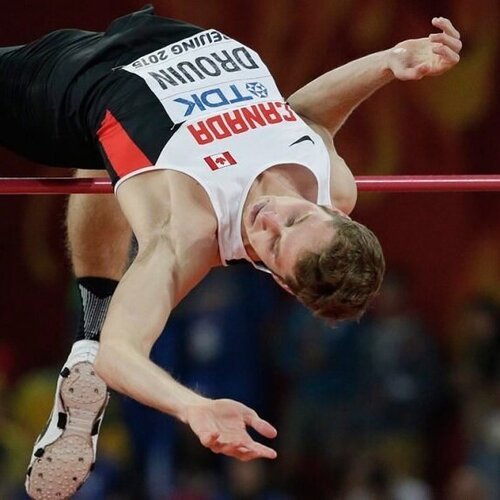
How to Coach the Fosbury Flop - Drill Progression for Teaching High Jump
This drill progression is suitable for athletes learning the Fosbury Flop technique of the high jump. Before progressing to the flop, athletes should already have developed their Scissors technique.
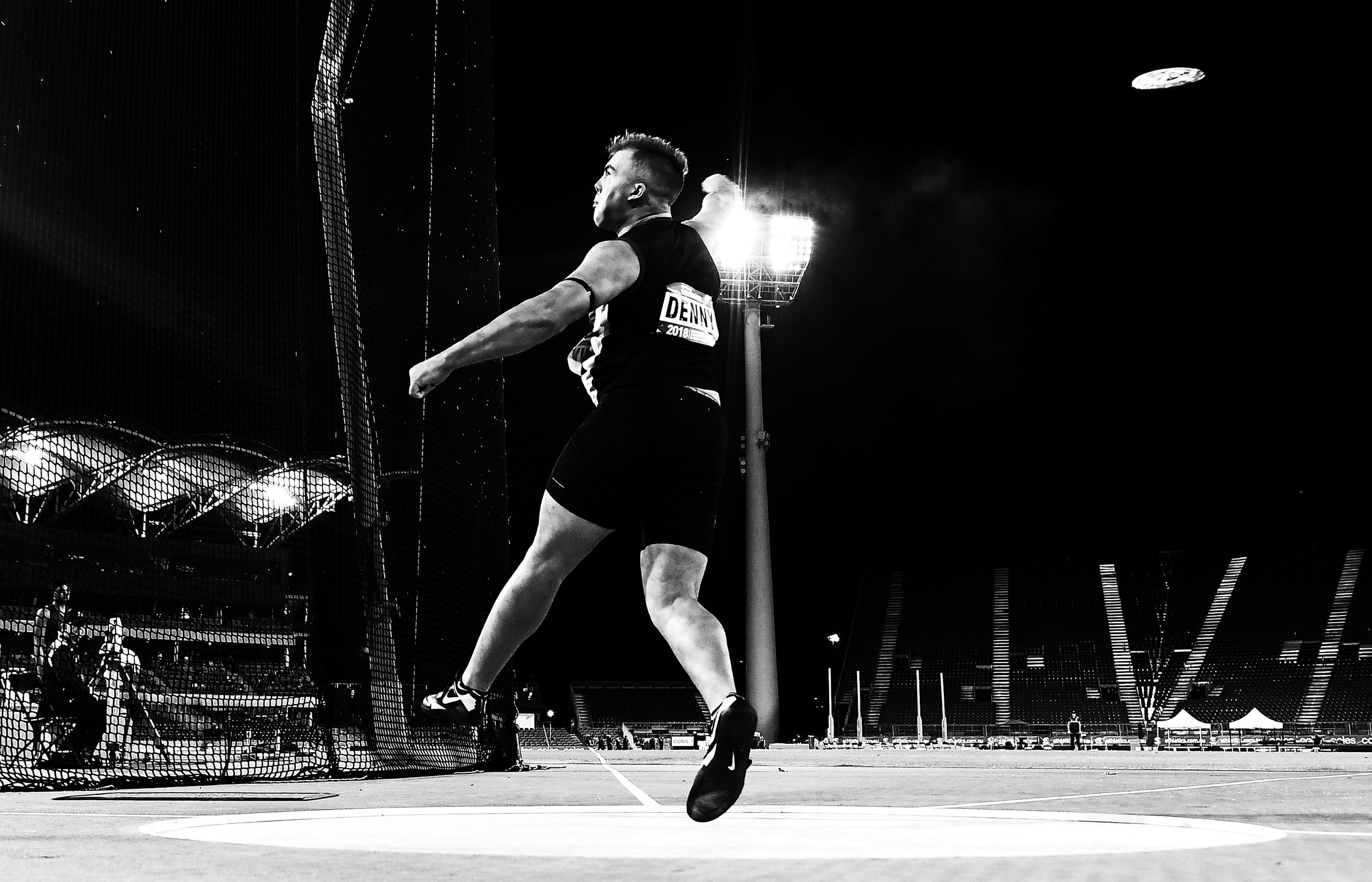
The Discus Technique of Matt Denny
Matt Denny and Coach Dale Stevenson explain 3 critical phases of the Discus throw.

